Top Tier CPU Air Coolers Q3 2015: 9-Way Roundup Review
by E. Fylladitakis on July 6, 2015 8:00 AM ESTThe Thermalright Macho Zero
Being one of the oldest and most reputable manufacturers of advanced cooling solutions, Thermalright does not really need much of an introduction in such a review. Ever since 2001, Thermalright is totally focused on designing and producing cooling solutions for PC components, with the mere exception of a heatsink for the XBOX 360. The company greatly surprised us with their submission for this review. With this being a roundup review of top performance coolers, almost anyone would expect to see the Silverarrow or HR-22 (or a Copper TRUE? - Ian). However, Thermalright submitted the Macho Zero - a cooler optimized for passive performance and low airflow environments!
Thermalright supplies the Macho Zero in a very plain black cardboard box, with just a schematic of the cooler printed on it. Inside the box, the cooler is very well protected inside thick polyethylene foam pieces. Note that the Macho Zero is not supplied with a fan. For the means of this review, Thermalright supplied us with a single TY-147A 140 mm fan.
The bundle of the Macho Zero is the most thorough of this review. Thermalright nickel-plated the screws and retention plates necessary for the mounting of the cooler, supplies a tube of quality "Chill Factor III" thermal paste, anti-vibration rubber pads and wire clips for one cooling fan, provides a full size magnetic 150 mm shank Philips PH2 screwdriver and even gloves for the installation of the cooler.
Although the Macho Zero is primarily optimized for semi-passive cooling, meaning that it has been designed to make use of the airflow generated by the fans of the case, it is possible to install any 120 mm or 140 mm fan on it. For the means of this review, the cooler had to be in active configuration, therefore Thermalright supplied us with a TY147A 140 mm fan. The white bladed fan with the rounded frame is a model designed for efficient airflow and low-noise operation. This means that the fan is optimized for low impedance applications, such as to replace case fans. Normally, that would make it mediocre for a very dense cooler, but that is not the case with the Macho Zero. It has a maximum rotational speed of 1300 RPM and an "enhanced hyper-flow bearing", for which we could not find specific information about, but it definitely is a form of fluid sleeve-type mechanism.
The Macho Zero is an imposing, large single tower CPU cooler. Its fins are almost perfectly rectangular, with many openings across their great surface. There are not too many fins though, as the spacing between them is very large in comparison to other coolers. This has been done to optimize this cooler for very low airflow environments and greatly lowers its airflow impedance. For aesthetic purposes, Thermalright painted the top fin black, yet it does not cover the heatpipe endings. There is a fairly large hole near the rear side of the fins, meant for the screwdriver to go through for the mounting of the cooler. Note that for the mounting of this cooler, the front fan (if present) needs to be removed as well.
Typically, the Macho Zero is designed for use without a fan. An optional fan can be used of course, but remember that high airflow / low pressure options are likely to be far more effective than high pressure fans. The provided wire clips are an excellent fit for 140 mm fans with rounded frames, yet their configuration does not allow the adjustment of the fan's height. It would be wise to check the mechanical specifications of the cooler and make sure that the installation of a fan does not restrict the installation of RAM modules in slots that need to be used.
The base of the Macho Zero is of notable importance. The copper base is rectangular and wide to provide full contact with Haswell-E processors, with six 6 mm heatpipes going through it. The heatpipes are split into two groups, with heatpipes 1-3-5 expanding near the rear of the heatsink and heatpipes 2-4-6 near the front. This approach allows the localized generation of a heavy thermal load to be split across the surface of the fins. Everything is nickel plated and the contact surface is treated to a perfect mirror finish.


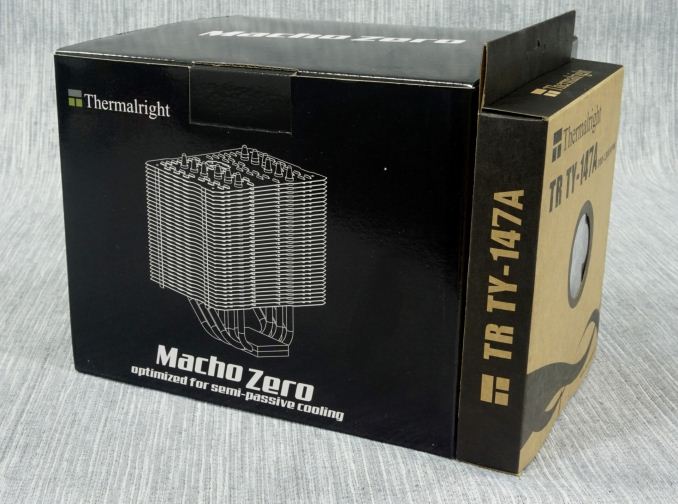
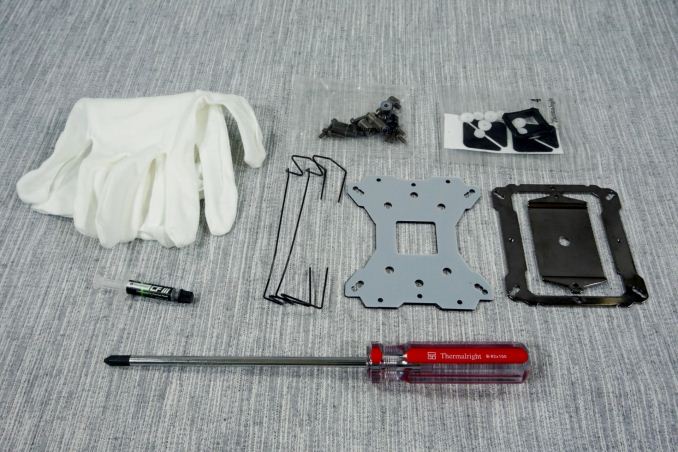
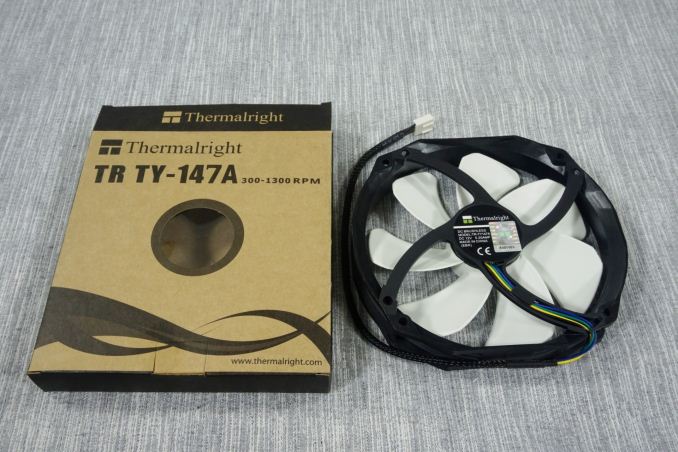
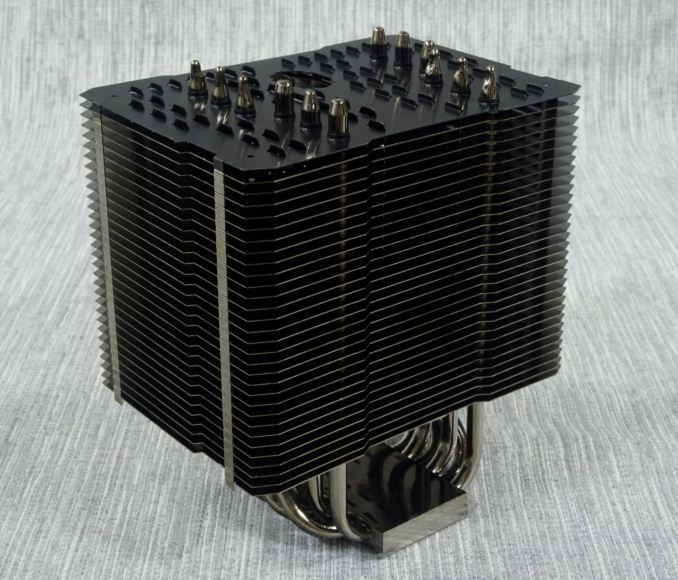
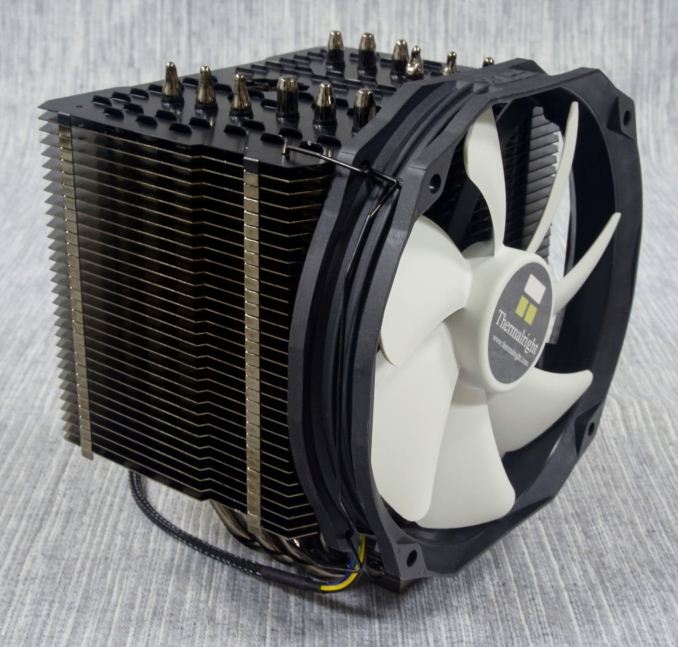
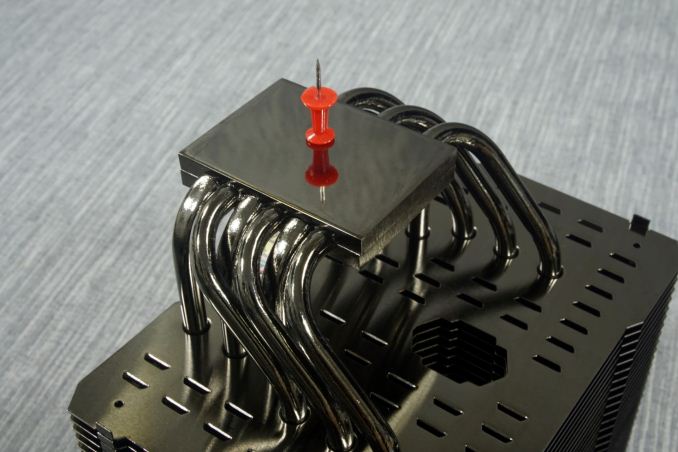








135 Comments
View All Comments
mrvco - Monday, July 6, 2015 - link
I agree. It would be helpful to know how the 212 compares both with regards to cooling and quietness. I typically prefer "quieter" so I'd be curious to know how much better the "Dark Rock Pro 3" is than the 212... is it $40+ better?Eidigean - Monday, July 6, 2015 - link
I actually bought the 212 and added a second fan to it, not because it was cheap, but because it would fit between the 2x2 banks of memory on my Rampage IV Formula perfectly (with 1 mm of space on either side) allowing the tall memory heatsinks to rise up, and inconsequentially get a breeze from the fans. The CPU runs nice and cool (and quiet) with a modest overclock.I'd get the offset Noctua NH-D15S if I ever upgrade from a 4 core 3820 to a 6 core 4930K.
effortless - Monday, July 6, 2015 - link
Exactly my thoughts. The Cooler Master Hyper 212 EVO needs to be included in this test, to show exactly what 90% who buys CPU coolers are missing out on, or eventually not missing out on.randomlinh - Monday, July 6, 2015 - link
I'm confused about your complaint. What's wrong w/ the 212? What's wrong w/ saving $10 for 1 deg celcius difference?I genuinely don't know, I have a 212 from almost 4 yrs ago? It works. It's quiet (for the time). The only complaint is if I try to go super small form factor, it won't work.
icrf - Monday, July 6, 2015 - link
If it were only $10 I might agree with you, but when it's half the price, and sometimes a whole lot less, it makes a lot of sense. I looked at the Noctua when I built my 5820 last fall, and couldn't justify the 2.5x price. For $35, the 212 EVO is a great cooler. As good as the Noctua is, it's not two and a half times as good. That's why the 212 is so popular. It's in the proverbial sweet spot.andrewaggb - Monday, July 6, 2015 - link
I agree. I've bought several 212 EVO's and I've been very happy with them. I was mostly looking for something that would run quiet under load (without overclocking) and I think they've been great. I've used some less expensive coolers and they were much worse - so in my opinion it's the cheapest cooler that met my needs.Araemo - Monday, July 6, 2015 - link
Obsession is pretty harsh given the facts... I went and looked up a comparison over on frostytech, and it looks like the Hyper 212 evo is only 2C hotter than the Noctua chosen as the realistic 'best choice'.. for 1/3 the price. Given that my ambient temps change by more than that 2C over the course of a year, 2C is never the stability margin I use on my overclocks.Nfarce - Monday, July 6, 2015 - link
Except that the 212 is not a "premium" cooler. When you start getting into extreme overclocks like I have (i5 4690k @4.8GHz, or a 23% overclock) and into water cooling needs territory, the 212 falls well more than a 2C behind which is where it is on lower level overclocks (5-15%) on my chip.StrangerGuy - Monday, July 6, 2015 - link
Who cares whether if the 212 isn't a "premium" cooler when I can simply buy the 4790K at stock 4.4GHz instead of premium cooling to barely OC a 4690K past a 4790K. You overclockers STILL think there is tremendous value to be had with OCing when the 2500K ship have long sailed.Nfarce - Wednesday, July 8, 2015 - link
According to my benchmark tests in games and applications like Sony Vegas Studio, my overclock to 4.8GHz yields quite a bit of performance increase over the stock turbo of 3.9GHz. Oh and since I was on a budget and game about 80% of the time on that 4690K rig, I justified saving the extra $100 over a 4790K and put it towards a better GPU solution.And yes, I still have a 2500K build as well (not sure what that has to do with the price of ketchup), which used to be overclocked to 4.6GHz on that NH-D14 cooler (it is now relegated to backup duties and running at stock speeds on a Zalman 9700LED cooler). Which, incidentally, roughly equals the performance of my Devil's Canyon chip running at 4.2GHz.